World Wide Technology CEO Jim Kavanaugh: 10 Biggest Bets For 2019

Where WWT Is Placings Its Technology And Vendor Bets
World Wide Technology CEO and co-founder Jim Kavanaugh has made all the right bets over the past 28 years to build a solution provider powerhouse that's achieving a whopping $10.4 billion in annual revenue.
A top global Cisco, Dell EMC, Hewlett Packard Enterprise and VMware channel partner, Kavanaugh has led Maryland Heights, Mo.-based WWT from a small startup to a global channel leader by successfully investing in innovative sales and engineering techniques while placing its bets on the right vendors. "We are always knee deep in technologies and products," said Kavanaugh, whose company ranks No. 7 on CRN's 2018 Solution Provider 500 list.
In an interview with CRN, Kavanaugh talks about WWT's investment and customer strategy in 2019 as well as what vendor technology he's betting on to drive sales growth.

SD-WAN Is Now 'Prime Time'
The SD-WAN space is pretty exciting and a space that's going to continue to evolve that we'll be investing in. We're going to see a lot of adoption over the next several years as we move forward. People are buying SD-WAN for a combination of reasons. For awhile, we were doing a lot of proof-of-concepts for customers several years ago and they were really scratching their head on where the market is going. Cisco had iWAN, but there's been an evolution of SD-WAN with the integration of Cisco-Viptela, Silver Peak, some other players, and now VMware is in this space – it's gone from kicking the tires and evaluating to see if the technology works to now customers are seeing the technology gains from an SD-WAN architecture. They also see the benefits from a business standpoint in managing the cost of network and the flexibility. It's ready now for prime time. Customers are buying and implementing it. We're going to see that for years to come.
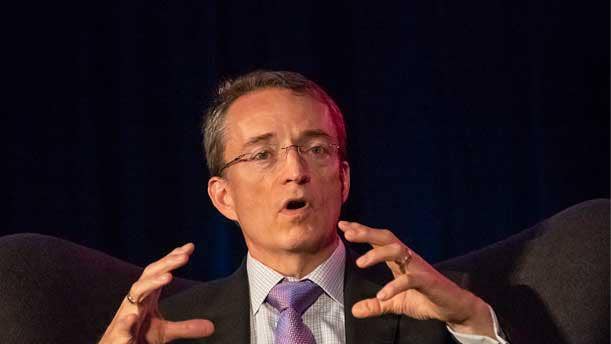
VMware's Public Cloud/On-Premise Approach
We're working very closely with VMware with [CEO] Pat Gelsinger (pictured) and his team around the VMware portfolio and approach. There's a lot of things going on in the market today, but organizations like VMware are actually embracing the public cloud, which is a different approach than they had several years ago. They're really looking to drive on-premise, but the strategy of the management team is, 'We need to embrace the integration and interoperability of private infrastructure and public cloud environments to help customers make it easier to run those in an integrated way.' I believe that a lot of organizations feel that by helping customers do that, they will help drive both opportunities on-premise and in the public cloud. Customers are really scratching their head on, 'What is the most effective way to build an enterprise architecture that includes both on-premise and public cloud, and how do we do that?' We're working very closely across all Dell EMC as well as with VMware to help drive these multi-cloud strategies that customers are challenged with today.
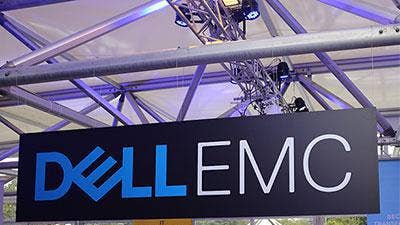
'IT Juggernaut' Dell
We absolutely will continue a very important strategic relationship with Dell, Dell EMC, Michael Dell and the executives. They’re an IT juggernaut. Customers are really evaluating and assessing the different Dell products and the broad base portfolio that they have and how does that fit into a more comprehensive enterprise architecture for customers. The majority, if not all, of the Dell EMC portfolio we will have in our labs up and running – whether it's mainstream products or it's stuff that is even still in beta.
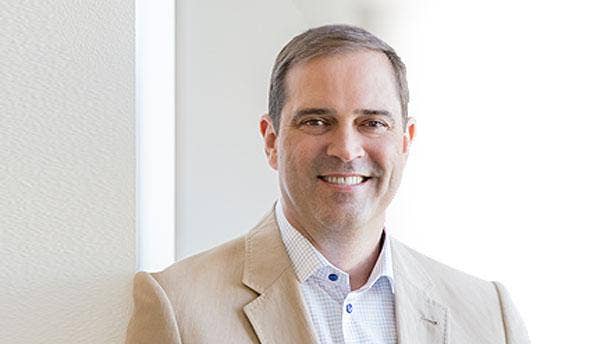
Cisco CEO Chuck Robbins 'Painting A Powerful Picture'
Chuck Robbins (pictured) has done a great job with Cisco. In some areas it may look like he's made some subtle changes over the years and in other ways he's made some Earth-moving changes within the organization. Overall, a big focus that Chuck has had was to make sure Cisco is focused on their core and investing in the things that Cisco does well. As they continue to invest heavily in their core networking, network infrastructure, security, collaboration – they're continuing to improve and expand out of that. Their numbers and stock price have demonstrated that. We're seeing a lot of progress in the stabilization and investment in Cisco core infrastructure products. The [Nexus] 9000 has made incredible strides relative to market adoption. From an enterprise network architecture perspective and integrating the different business units they have, he's painting a powerful picture in front of customers that we're going to continue to invest in.
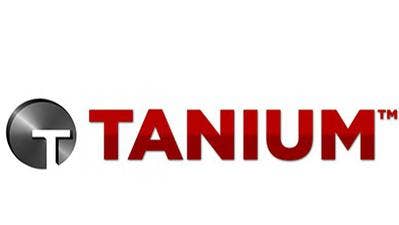
Security Vendor Tanium
Security is just integrated into everything that we do across the board. We've worked with a number of security partners – large and small. We're doing a lot of work with Tanium from an endpoint management standpoint. We’ve won a number of large federal agencies contracts and large commercial enterprise contracts. It's a very solid platform that continues to grow with different capabilities. That space is continuing to grow and evolve. Tanium is one of the security company's we'll continue to work with.

Blending Engineers With Developers To Drive Automation
We've built out a team of over 500 software developers that help drive a lot of IT infrastructure automation. So if you're looking at software-defined or next-gen automation that's happening within the IT infrastructure, we're blending our traditional engineers and architects with developers to help drive more efficient IT operations that align to, not only the development of automation, but how does that apply to what customers are doing around software development and DevOps. … We have built a team that sits on top of these groups of Chief Technology Advisors and Chief Digital Advisors. The chief advisors are former VPs, CIOs, etc. that are practitioners with real-world experience that then work with our subject matter experts in our labs and our developers to help advise our customers on where they're going relative to enterprise architecture, multi-cloud strategy, IT DevOps and specific point solutions. The chief digital advisors are people with digital ad agency background that understand how to help customers map out and visualize their digital strategy that most of the time will include the building of some type of mobile application or digital platform that will transform -- for example, the patient experience, or fan experience, or operational experience -- that they're trying to accomplish.

Test Labs To Build Business Outcome Solutions
We're spending hundreds of millions of dollars building out our Advanced Technology Center which is literally an innovation ecosystem testing platform for new and emerging technology products. Products are built into architectures, and architectures are built into digital business outcomes. That innovation ecosystem is a big part of our ability to help customers work through, drive and build out their modernized IT infrastructure. We bring in all of the different mainstream Tier-1, emerging and bleeding edge technology vendors into our labs that do a deep assessment of the performance and interoperability along with the functionality of their products and how it works, how it interoperates with other products and interoperates within an architecture. Ultimately, that's what customers are looking for – not just an individual product but, 'How does it solve a problem, interoperate and build into the architecture that we're trying to deliver within our IT infrastructure?'

Creating A Multi-Cloud Strategy For Customers; CloudCheckr
We're putting a lot of time money and effort in really helping customers sort through their multi-cloud strategy and the implementation. How does that work whether you're looking at the evaluation and assessment of your application environment, or what do you migrate to a public cloud environment. It's all about, 'What do you want to leave on-premise? What do you want to move into the public cloud? How do you want to build a public cloud? How are you going to manage your public, hybrid cloud environment?' Some of those tools are coming out like CloudCheckr is an emerging tool that we're working with. So we see a lot of that continuing to evolve that customers are really struggling with how they design and architect their private, hybrid, public cloud environments. Do they use someone like an Equinix to create their own private-public cloud to build a dedicated cloud platform that's closer to the public cloud but provides you with different economics in regards to how you manage the performance and the data? So we're investing in enabling customers understanding of this because it can drive better performance and RIO, but's it's very complicated.

Culture
We're going to continue to build a relentless focus on our culture and our people. As we continue to grow, it is such an important part of World Wide and who we are to make sure we bring on people that embrace our values, understand the behaviors that we expect and that we live by. Also that the leadership understands just how important our employees are. That piece will never change and it's always one of our biggest focus areas each and every year.
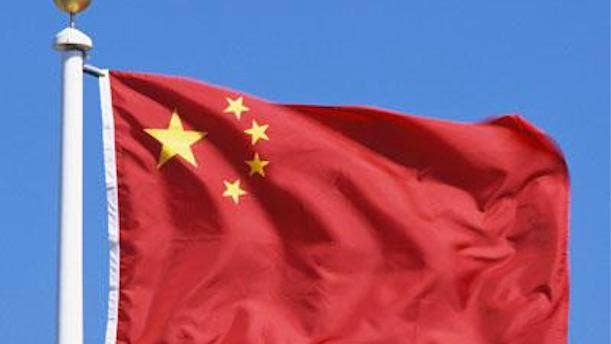
Be Transparent About Potential Price IncreasesFrom China Tariffs
The best thing I and we can do, is being as transparent as possible with our customers because we cannot afford to absorb the cost increases that would be passed on because of these [tariffs]. That's just not baked into the margin that we have. We're going to have to work through it and do it in the most transparent way. My advice to our team now and next year is we have to go in eyes wide open. We have to be communicating with our supply partners and we have to be doing the same with our customers and make sure that no one is getting caught off guard. These things could almost happen overnight on us.